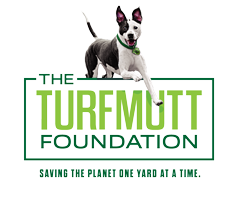Latest Posts
- Have a purpose when backyardingAugust 5 2021
- Study: Time outside alters our microbiomeAugust 4 2021
- Happy National Mutt Day from Mo-MoJuly 27 2021
- New home? Avoid these common mistakes in your yard.July 26 2021
- Infographic: Plan a backyard staycation this summerJuly 22 2021
Categories
Archive
November 12th
Winter composting tips
Just because the white stuff will be falling soon doesn’t mean you can’t continue to compost throughout the winter. Composting is a unique way to teach your children about going green, and get them involved in the process by adding to and tending the pile.
Compost is a pile of food scraps, yard trimmings and other organic waste that you can use to fertilize your yard and feed your plants. It not only replaces chemical fertilizers, but it can also help increase water retention and decrease soil erosion.
Lower winter temperatures will slow or temporarily stop the composting process, but as temperatures warm up in spring the decomposing process will begin again in full swing. But even when the temperatures drop and activity slows, microbes responsible for the breakdown of the compost pile remain active. In fact, the center of your compost pile will likely be warm and steamy, even though the outer layers are cold.
You can help your compost pile along in the winter by covering it with a roof or a simple tarp. If you do this be sure to add water regularly to keep the pile active. Snow is a natural insulator. If you have a pile you’re not feeding, leave the layer of snow on top of it. For piles that you are continuing to feed, remove the layer of snow before you add to it. Help your active piles along by not turning them during the winter so you don’t disturb the layer of insulation.
Do you have other composting tips that work during the winter? Share them here or on TurfMutt’s Facebook page.






